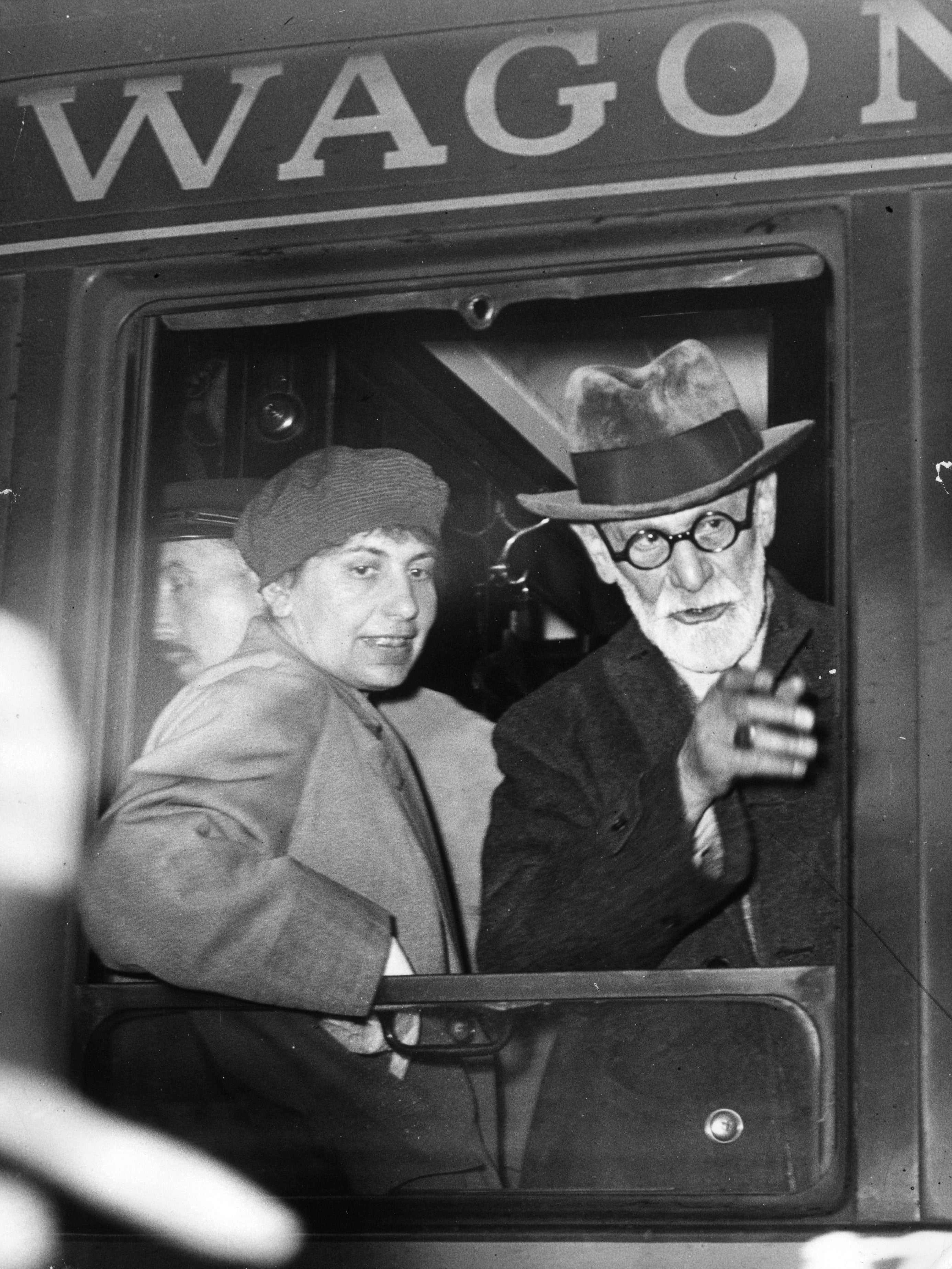Anna Freud: This is why child psychoanalyst and daughter of Sigmund Freud has been given Google doodle
Ms Freud pioneered the idea that adults must observe children's behaviour in order to understand them better

Google has celebrated the 119th birthday of child psychologist Anna Freud, with a colourful doodle on its homepage.
The doodle is a playful interpretation of Freud’s legacy, using multi-coloured shapes to reflect the complexity of her trade and the youth of her patients.
Anna was the youngest child of the founder of psychoanalysis, Sigmund Freud, and his wife Martha. She was the only one of his six children to take up psychology.
Aged just 13, she joined her father’s weekly discussions on psychoanalytic ideas.
Her early interest paid off, and she later revolutionised how children are treated in a wide range of fields, by pioneering the idea that children must be watched in order for adults to understand their perspective.
Longer visiting hours in hospitals for young patients, and the use of screens and video cameras to make courtrooms more accommodating for children giving evidence, are both attributed to her.
Freud started her career as a teacher in 1920s Vienna, and established her own psychoanalytical practice with children in 1923. It is during this time that she realised the early toddler years are crucial to a child’s future mental development.
In 1935 Anna became director of the Vienna Psychoanalytical Training Institute. But she and her father were forced to flee Nazi-occupied Vienna in 1938, and so she established the Hampstead Child Therapy Course and Clinic in London, which was re-named the Anna Freud Centre after she died in 1982.
She would go on to use her observations to build a theory of what could be considered normal development, and trained her staff to consider a child’s behaviour analytically.
From the 1950s until she died, Freud regularly lectured in the US, as well as teaching and visiting friends.
During the 1970s she was concerned with the the problems of working with emotionally deprived and socially disadvantaged children, and she studied deviations and delays in development.
In 1982, she died at her home in London aged 86.
"I don't think I'd be a good subject for biography," she once commented, "not enough 'action'! You would say all there is to say in a few sentences - she spent her life with children!"
Join our commenting forum
Join thought-provoking conversations, follow other Independent readers and see their replies
Comments